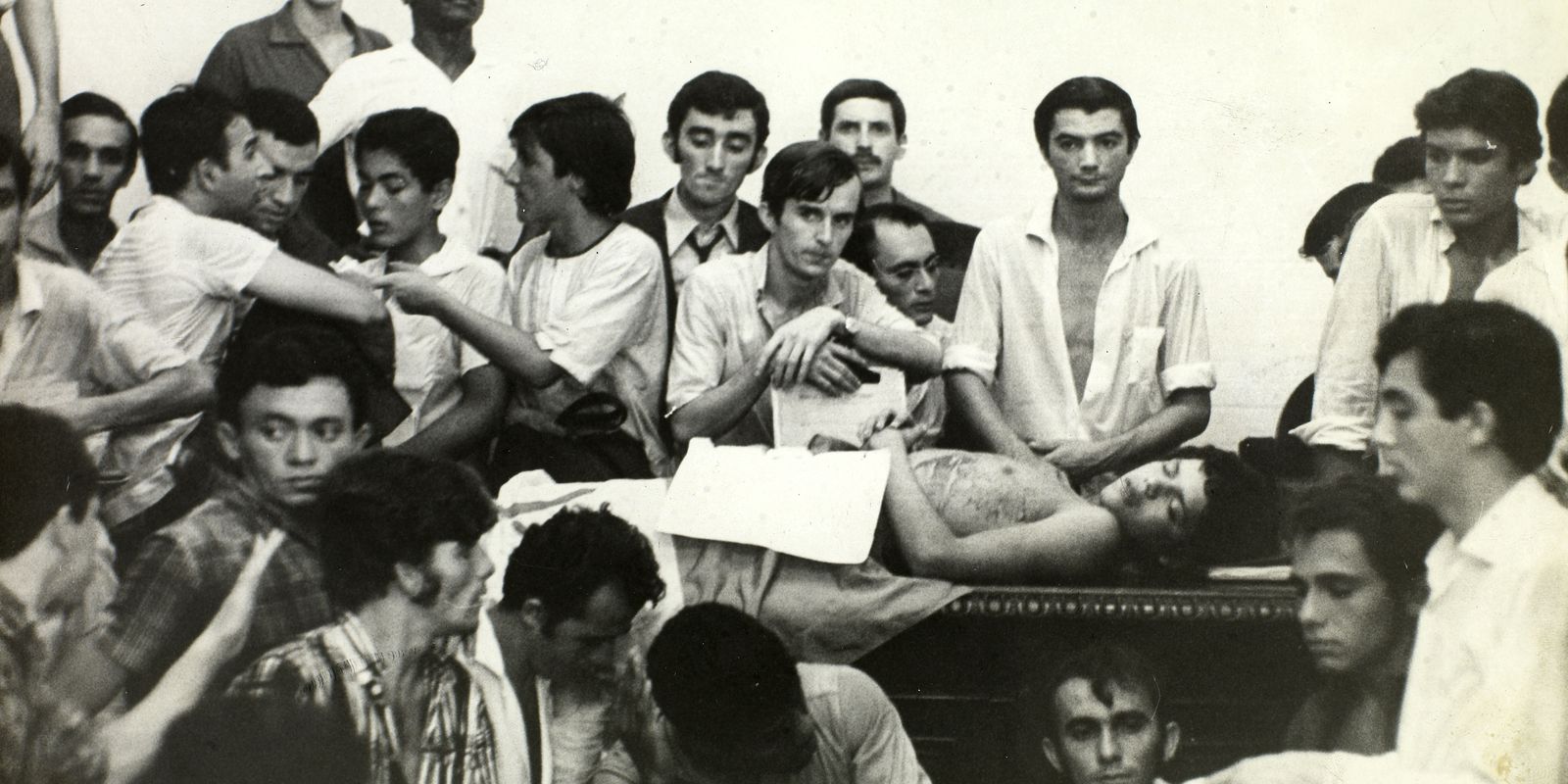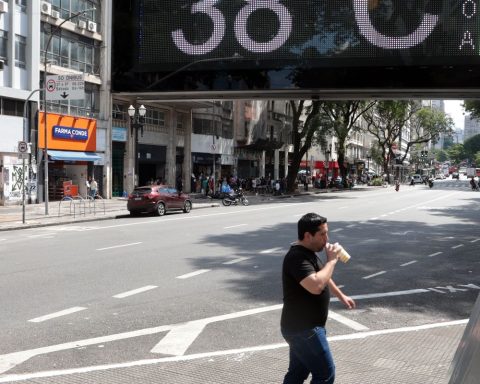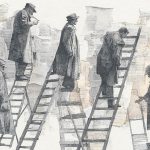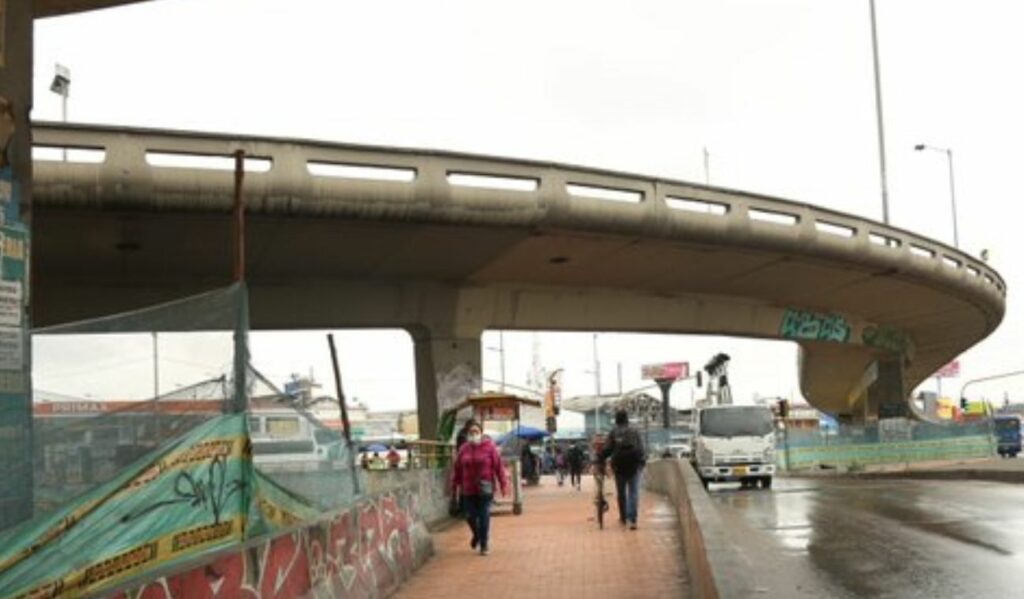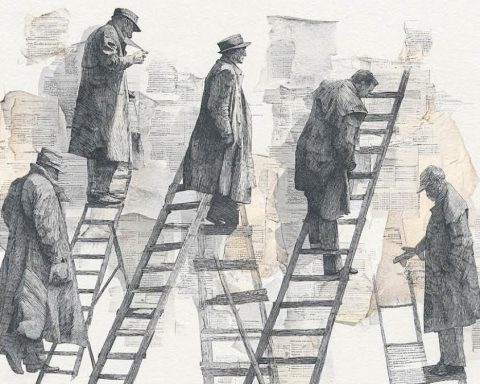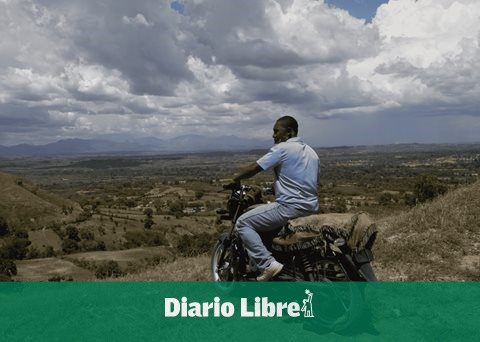In addition to books and archives, it is difficult to find explicit references in Rio de Janeiro to the period of the military dictatorship. There are no visitor centers or museums on the subject. With that in mind, historian Samantha Quadrat, a professor at the Fluminense Federal University (UFF), mapped places in the city that hold memories of the authoritarian regime between 1964 and 1985.
Since last year, she has been coordinating guided tours with basic education students, university students and teachers. The activity is part of the Lugares de Memórias project, supported by a productivity grant from the National Council for Scientific and Technological Development (CNPq).
“Itineraries like these allow you to raise questions, empathize with victims, democratic values, and also discuss the city’s relationship with the security forces. It is a possibility of thinking about teaching in the military dictatorship”, explains the historian. “We don’t have a museum in Rio like the one in São Paulo, the Memorial da Resistência. So, it is important for us to occupy the city, to take more and more ownership of it, of this history and these memories”, she argues.
The first script that the researcher developed was about the high school student movement. The idea is to make the performance of this group better known during the military regime, understanding that stories about university resistance tend to receive more attention. Samantha mapped out emblematic points of the city that mainly recall the life and murder of student Edson Luís, a symbol of the high school students’ struggle.
Dungeon Restaurant
One of the highlights is the Public Ministry building, in the central region of Rio. In the space where today there is a parking lot, the restaurant Calabouço operated in the 60s. It had originally been installed at a point in the Flamengo neighborhood and provided meals at lower prices for public school students.
The building was demolished and a new establishment opened downtown. But the work was unfinished and the restaurant started to select which users could enter. On March 28, 1968, a group of high school students occupied the place and protested against the new conditions. Dozens of military police interrupted the demonstration and shot at the students. Edson Luís Lima Souto, aged 18, was hit in the chest.
The story continues at the Santa Casa de Misericórdia, also included in the guided tour. After being shot, Edson Luís was taken there, where his death was confirmed. Secondary schoolmates prevented the body from being taken to the Legal Medical Institute (IML), afraid that the police would disappear with it. The destination chosen was the then headquarters of the Legislative Assembly of the State of Guanabara, current City Hall. This is where the script with the historian ends.
“There, before the watchful eyes of the students who feared what the dictatorship could do to the high school student’s body, the autopsy and wake were carried out. Gradually, thousands of people arrived to pay homage and protest against the dictatorship. Unfortunately, this episode is not remembered in the guided tour that is held at the site”, says the historian.
Edson Luís honored
The only concrete memory that exists of the episode in Rio is the monument created in 2008 to honor Edson Luís. It was an offer to the city from the then Special Secretariat for Human Rights, of the federal government. It is located in Praça Ana Amélia, near the Santa Casa de Misericórdia.
The sculpture features a torn flag in the middle of a red stain and glass footprints at the base. But those who arrive there today do not find a plaque, nor any other explanatory reference. The report of Brazil Agency she was even approached by a resident of the region who was unaware of the significance of the monument.
The researcher prepares other scripts about the dictatorship, which will bring thematic clippings such as the 1964 coup and the history of the Information Operations Detachment – Internal Defense Operations Center (DOI/CODI), the intelligence and repression body subordinated to the Army Brazilian. She reinforces that actions like this are important to resist the silence, intentional or not, of the authoritarian period that the country lived. But it is fundamental that Rio de Janeiro and other cities invest in the preservation of this history.
“The dictatorship and democratic governments, during the debates on modernization, ended up destroying some of these places of memory. It is urgent that we have memory centers. One of them should be in the building of the Department of Political and Social Order – DOPS – which is falling apart and which became the police museum. It is fundamental that we create a demand for memorials, that there is reflection in the city, that we manage to make a museum like Chile did, of memory and human rights”, says Samantha.
The fate of the building where DOPS operated, in the center of the city, has been in dispute for years. Recently, state deputy Dani Balbi (PSOL) presented a project at the State Legislative Assembly (Alerj) to create the State Museum of Memory and Truth in the building.
Service
Colleges, teachers, students and others interested in participating in the guided tours of the Lugares de Memória project can write to the historian’s email ([email protected]) or get in touch via the Instagram account (@lugaresdememoria).
